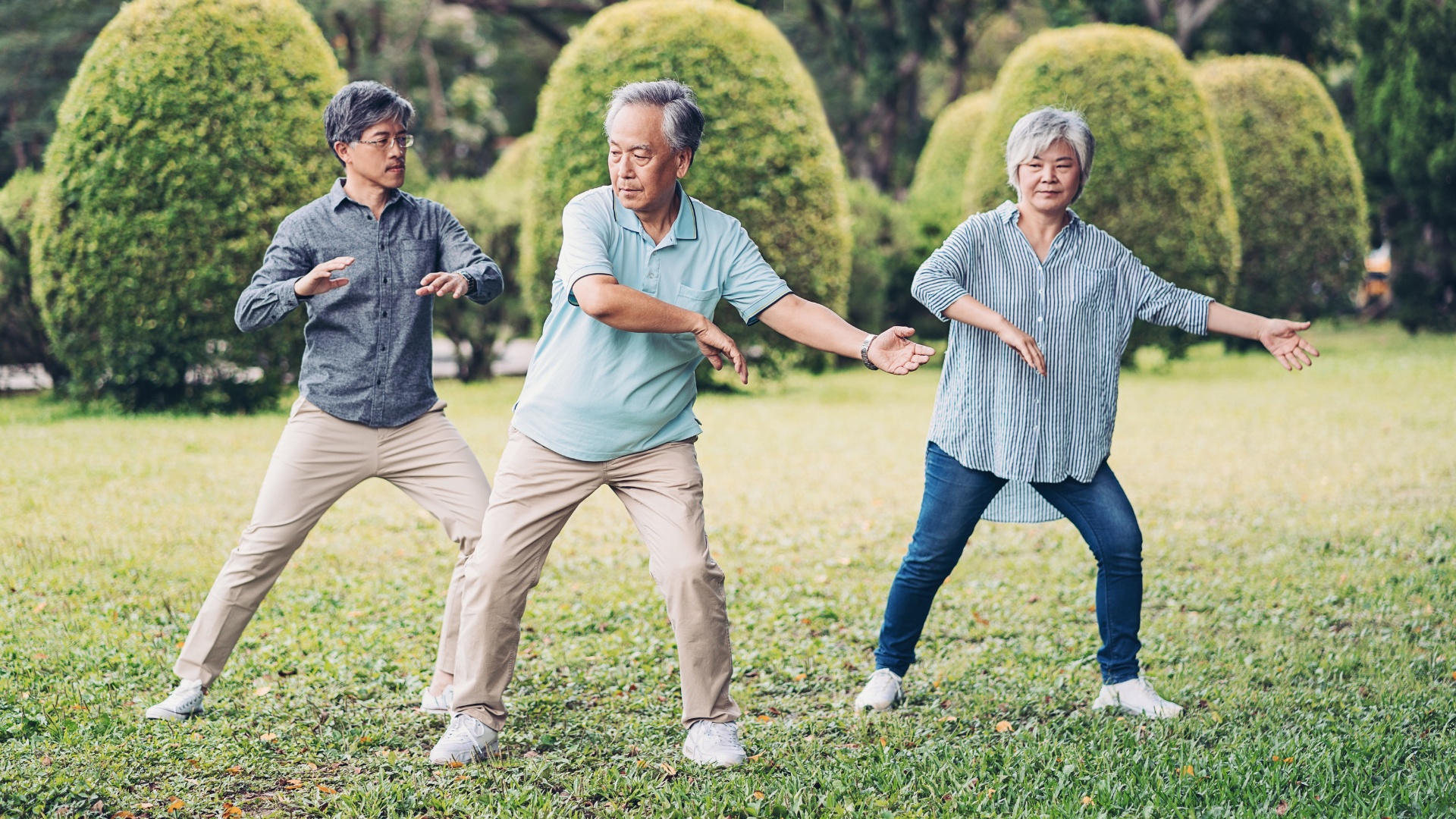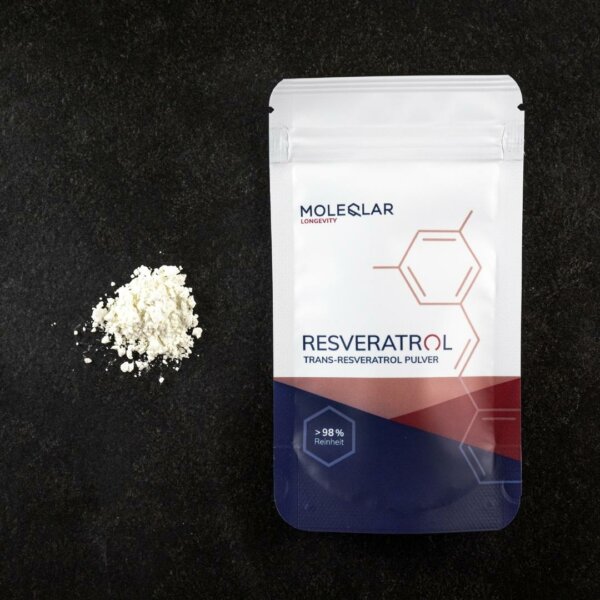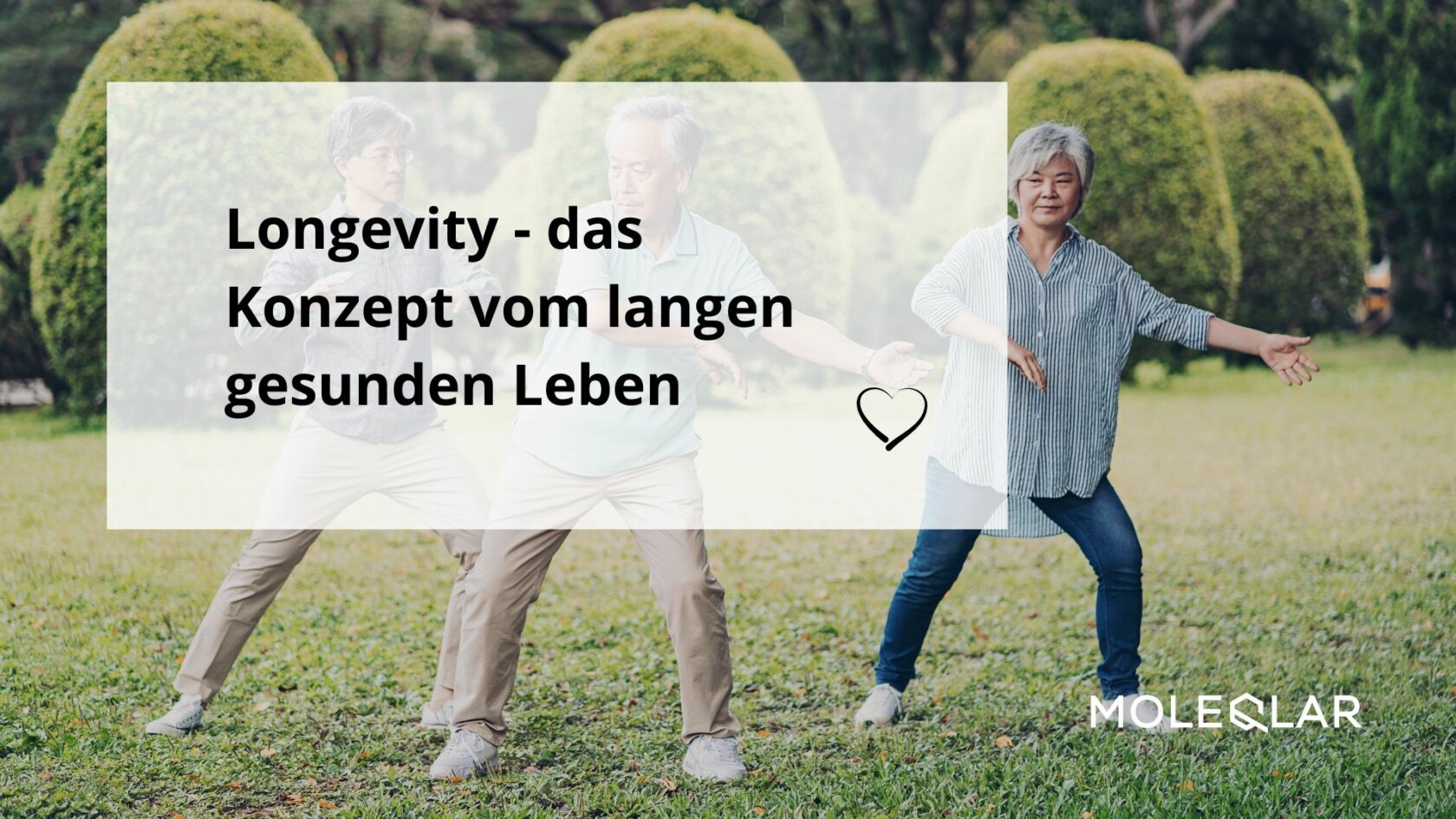This MoleQlar article is about the fascinating topic of centenarians - also known as "centenarians." The number of centenarians has increased worldwide in recent decades, just as life expectancy has increased. This development poses a challenge to society and research, as new ways must be found to meet the needs of this age group. In this article, we explain what Centenarians are, how many there are, and what lessons we can learn from their lifestyle for our own aging.
What are Centenarians?
The answer is probably self-explanatory: centenarians are people who are 100 years old or older. They are a unique group of people and their experiences and lifestyles are of great value to science and research. Many Centenarians have experienced historical events and developments firsthand and can provide first-hand accounts of times past. For some time now, this group of people has also been the focus of longevity researchers.
Why is the topic important?
The topic of Centenarians is of great importance to longevity research, as these people represent the long-term goal of research efforts: a long and healthy life. By analyzing the biology of aging and the lifestyles of centenarians, researchers can gain valuable insights to better understand the aging process and find ways to slow or stop it. Centenarians have not only reached a very advanced age, but are also generally healthier and more active than other age groups. Their life span is just as extended as their health span. This could suggest that certain factors in their lifestyle and genetics have contributed to their ability to stay healthy for so long. Identifying such factors could ultimately help to improve the health and quality of life of other age groups as well.

How many Centenarians are there in the world?
The exact number of Centenarians in the world is difficult to determine, as there is no uniform coverage of this age group in many countries and the available data is often incomplete. It is estimated that there are currently about 500,000 to 600,000 Centenarians worldwide. This number has risen sharply in recent decades, due in part to medical advances and a better quality of life. The number of Centenarians is expected to continue to increase in the future, particularly in countries with rapidly aging populations such as Japan, Italy and Spain.
It is important to emphasize in this context that the number of centenarians is only part of the truth, and the number is not necessarily representative of the health and quality of life of this age group. The differences are indeed striking: some countries have higher numbers of centenarians, but also higher rates of age-related diseases and disabilities, while in other countries centenarians are healthier and more active overall.
In which countries do most Centenarians live?
According to current estimates, from a global perspective, Japan has the most Centenarians. In 2022, there were about 90,000 people living in Japan who were 100 years or older. followed by the U.S. with about 80,000. Naturally, the number of Centenarians is influenced by various factors such as population composition, health care, and quality of life. In addition, data on centenarians is incomplete at the current time, and there may be a large number of centenarians who are unaccounted for.

How has the number of Centenarians evolved in recent years?
The number of Centenarians has increased significantly worldwide in recent years. According to estimates, there were fewer than 2,000 Centenarians worldwide in 1950. By 2000, that number had increased to about 100,000. Since then, the number of centenarians has continued to rise, reaching about 500,000 to 600,000 in 2021, and statistical models agree that this number will increase dramatically in the future. Rapid advances in medical technology are primarily responsible for this. This presents both opportunities and challenges for society as the care and support of an elderly population becomes increasingly important.
How many Centenarians are there in Germany, Austria and Switzerland?
According to the available data, the group of centenarians in Germany, Austria and Switzerland comprises a total of around 24,000 people. In Germany, there were around 20,000 people aged 100 or older in 2020. In Austria, there were around 2,000 and in Switzerland, as many as 1,600.
What is the probability of becoming 100+ yourself?
The likelihood of living to 100 or older depends on many factors, including genetic predisposition, lifestyle, environmental factors, and medical care. Current estimates put the chance of becoming a centenarian at about one in 10,000 people worldwide. This means that, according to current estimates, less than 0.01% of the population will reach this age. However, studies show that certain factors can increase the likelihood of reaching old age. These include a healthy diet, regular exercise, not smoking, an active social life, and access to good medical care. This is by no means a guarantee that you will eventually become a Centenarian, but it does significantly increase your chances of doing so.

What habits do centenarians have?
When talking about centenarians, the term blue zones is usually not far away. The Blue Zones are well-researched places around the world where people live to a particularly advanced age, usually in good health and with retained mobility.
Residents of the Blue Zones all exhibited similar behaviors. They attach great importance to a balanced and healthy diet. However, they do this partly unconsciously through their traditional cuisine, e.g. in the Mediterranean region, and less because they consciously deal with the topic of nutrition. They often prefer fresh fruit and vegetables, wholegrain products and lean meat. In addition, they exercise regularly and remain active and fit into old age. This can include daily walks, gardening or even light exercise.
The next habit is to have a positive outlook on life. They don't let negative thoughts or events drag them down. They are grateful for what they have and see the good in every situation. In addition, many centenarians have a close social network and stay mentally and emotionally fit through regular contact with friends and family. Another important point is stress avoidance. Many Centenarians avoid unnecessary stress and stay away from stressful situations to maintain their health. Of course, genetic predisposition and environmental factors also contribute significantly to their longevity.
Conclusion
Centenarians are a fascinating area of research, offering insights into the biology of aging and the lifestyles of people who live very long lives. By analyzing these factors, we can gain a better understanding of the biology of aging and potentially find ways to slow or stop the aging process. Until we crack the aging code, you can actively adopt centenarian habits to also live as long as possible in good health. The basic pillar is, of course, a healthy diet. But also some molecules could influence the aging process. At MoleQlar you will find a large selection and a lot of information about the individual vital substances!
Literature
- Frankowska N, Bryl E, Fulop T, Witkowski JM. Longevity, centenarians and modified cellular proteodynamics. Int J Mol Sci. 2023 Feb 2;24(3):2888. doi: 10.3390/ijms24032888. PMID: 36769212; PMCID: PMC9918038.
- Buettner D, Skemp S. Blue Zones: lessons from the world's longest lived. Am J Lifestyle Med. 2016 Jul 7;10(5):318-321. doi: 10.1177/1559827616637066. PMID: 30202288; PMCID: PMC6125071.
- Pes GM, Dore MP, Tsofliou F, Poulain M. Diet and longevity in the Blue Zones: a set-and-forget issue? 2022 Oct;164:31-37. doi: 10.1016/j.maturitas.2022.06.004. epub 2022 Jun 29. PMID: 35780634.
- Hausman DB, Fischer JG, Johnson MA. Nutrition in centenarians. Maturitas. 2011 Mar;68(3):203-9. doi: 10.1016/j.maturitas.2011.01.003. epub 2011 Jan 26. PMID: 21276673.
- Zong Z, Li R, Wang D, Zhao R, Dong C, Sun C, Gu Z, Gao J. Healthy nutritional status among centenarians in Rugao, China, is associated with bean consumption, daily activity, and muscle mass retention. Asia Pac J Clin Nutr. 2022;31(4):674-682. doi: 10.6133/apjcn.202212_31(4).0010. PMID: 36576285.
Graphics:
The images were purchased under licence from Canva.


































































































